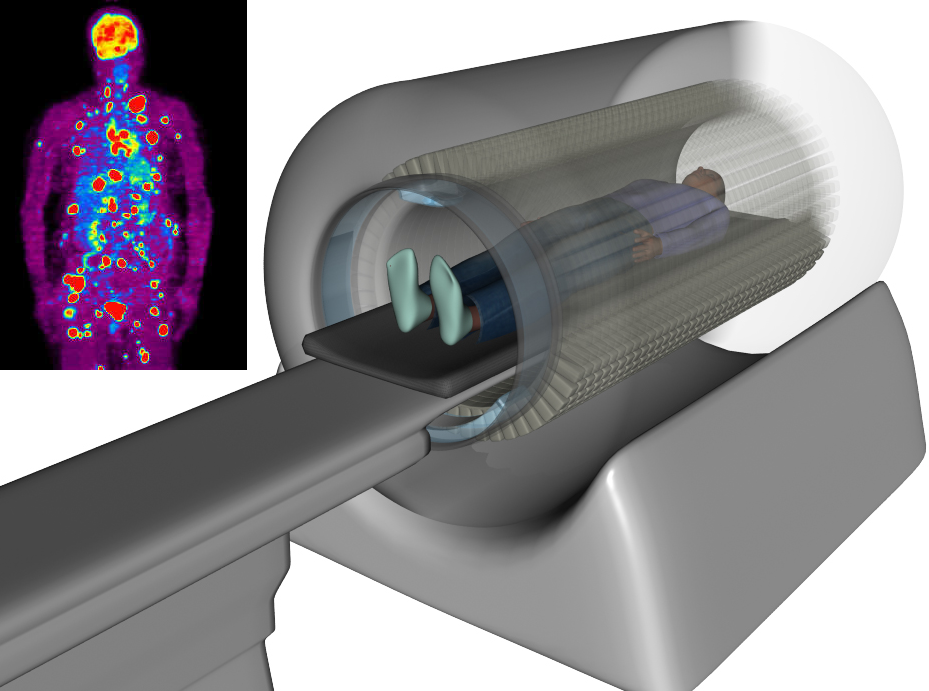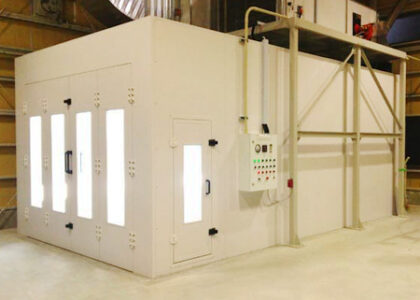
The global positron emission tomography (PET) scanners market is poised for substantial growth, with market value expected to surge from USD 1.3 billion in 2023 to USD 2.1 billion by 2033. This impressive expansion represents a Compound Annual Growth Rate (CAGR) of 5.3% over the next decade, highlighting the increasing demand and innovation in this critical healthcare sector.
Driving Forces Behind Market Growth:
The growth trajectory of the PET scanners market is underpinned by several key factors, most notably groundbreaking advancements in medical imaging technology. The role of PET scanners in early disease detection and diagnosis has become increasingly recognized, driving the adoption of these advanced imaging tools in healthcare settings worldwide. These technological developments are revolutionizing the healthcare landscape, setting new standards for precision and effectiveness in medical interventions.
The Vital Role of PET Scanners:
PET scanners have become indispensable in the medical field, offering detailed insights into the human body’s complex functions. Their ability to facilitate the early detection of various health conditions, including cancer, heart, and brain diseases, is crucial. Early diagnosis enabled by PET scanners allows for timely and targeted treatment strategies, significantly improving patient outcomes.
Key Market Insights:
- Technological Innovations: The integration of PET and X-ray transmission computed tomography (CT) scans is expected to drive market growth in the coming years. This combination reduces acquisition time, provides precise attenuation correction, and fusion imaging, leading to high diagnostic sensitivity and specificity. Additionally, the combination of PET and CT helps improve disease staging by defining prognostic and treatment monitoring capabilities.
- Advanced Radiotracers: While most PET scanning products currently utilize fluorodeoxyglucose (FDG) to capture tissue glucose metabolism, ongoing research into potential radiotracers aims to address unmet clinical needs in disease diagnosis. New products with higher sensitivity for metabolic activity are being launched by manufacturers to achieve more detailed scans.
- Regulatory and Reimbursement Factors: The market is influenced by regulatory requirements, mandatory equipment registrations, and reimbursement changes in several countries. Advances in minimally invasive surgical procedures and the introduction of new patented products are also shaping market dynamics.
- Impact of COVID-19: The market has seen shifts in demand due to the reduction in elective surgeries and the rise of telehealth during the COVID-19 pandemic. Despite these challenges, the benefits of digital PET scanners, including improved image quality, have driven greater adoption, leading to a surge in market growth.
Competitive Landscape:
Leading companies in the PET scanners market are focusing on innovative approaches to meet the growing demand for efficient disease detection methods. Key players such as G.E. Healthcare, Toshiba Corporation, Koninklijke Philips N.V., Siemens Healthineers, and others are expanding production facilities, launching new products, and obtaining approvals to strengthen their market positions.
Regional Insights:
The U.S. is anticipated to dominate the North American market, accounting for approximately 94.4% of the total market share in 2020. The rising prevalence of cancer in the country has created a strong demand for advanced PET scanners, offering significant sales prospects in the market.
Browse the Latest Reports from Get Old Source
Industry Segmentation:
The PET scanners market is categorized by product type, application, detector type, and end-user:
- By Product Type: Full-ring PET Scanner, Partial-ring PET Scanner
- By Application: Oncology, Cardiology, Neurology, Others
- By Detector Type: Bismuth Germanium Oxide, Lutetium Oxyorthosilicate, Gadolinium Oxyorthosilicate, Lutetium Fine Silicate, Lutetium Yttrium Orthosilicate
- By End User: Hospitals, Diagnostic Centers, PET Centers, Research Institutes
About Future Market Insights (FMI)
Future Market Insights, Inc. (ESOMAR certified, recipient of the Stevie Award, and a member of the Greater New York Chamber of Commerce) offers profound insights into the driving factors that are boosting demand in the market. FMI stands as the leading global provider of market intelligence, advisory services, consulting, and events for the Packaging, Food and Beverage, Consumer Technology, Healthcare, Industrial, and Chemicals markets. With a vast team of over 400 analysts worldwide, FMI provides global, regional, and local expertise on diverse domains and industry trends across more than 110 countries.
Contact Us:
Future Market Insights Inc.
Christiana Corporate, 200 Continental Drive,
Suite 401, Newark, Delaware – 19713, USA
T: +1-845-579-5705
For Sales Enquiries: sales@futuremarketinsights.com
Website: https://www.futuremarketinsights.com
LinkedIn| Twitter| Blogs | YouTube

